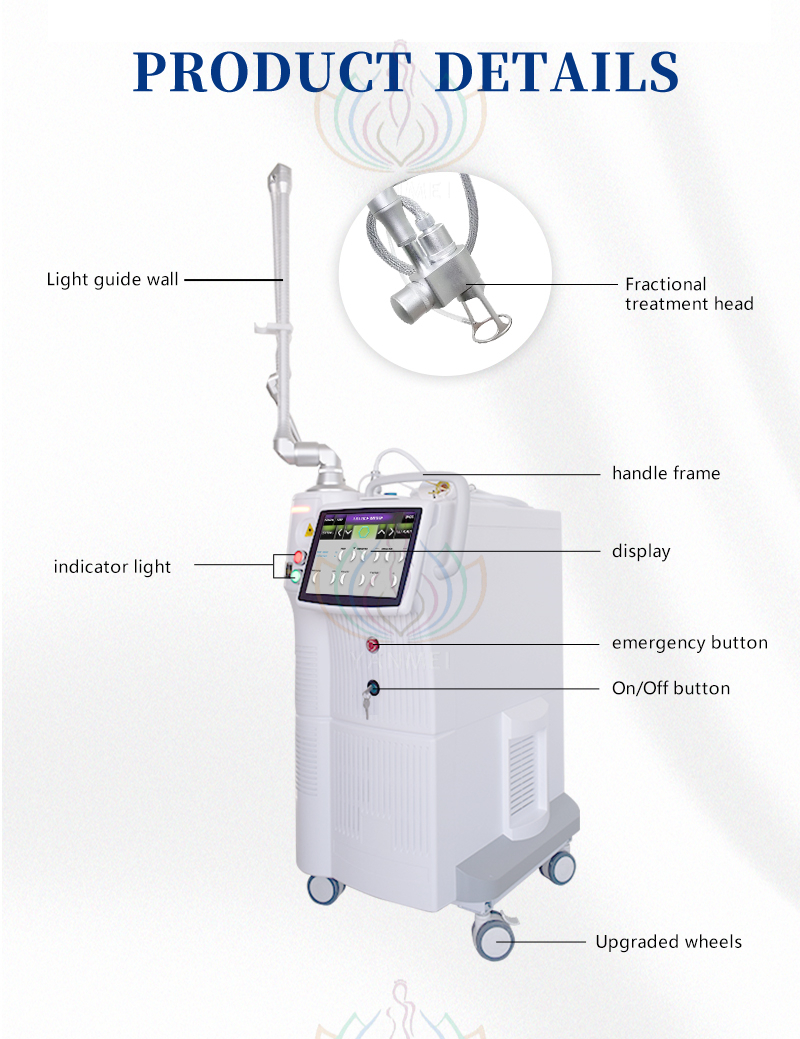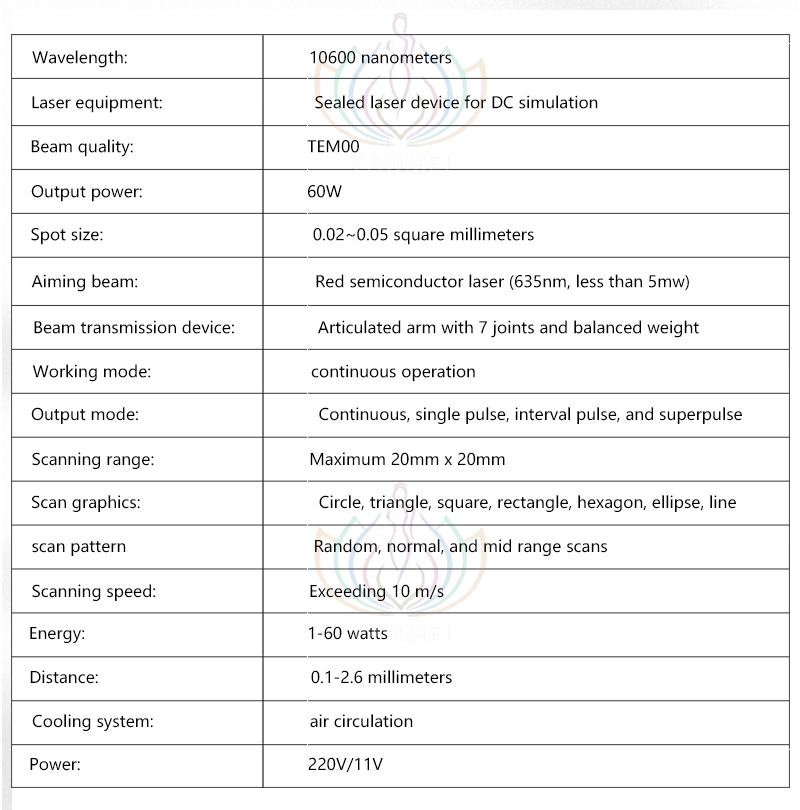Address
1st Floor, Building 7, No. 1, Lianxing Erheng Road, Yinbian, Jiahe Street, Guangzhou, Guangdong, China
Work Hours
Professional 7*24H Online Support
Address
1st Floor, Building 7, No. 1, Lianxing Erheng Road, Yinbian, Jiahe Street, Guangzhou, Guangdong, China
Work Hours
Professional 7*24H Online Support
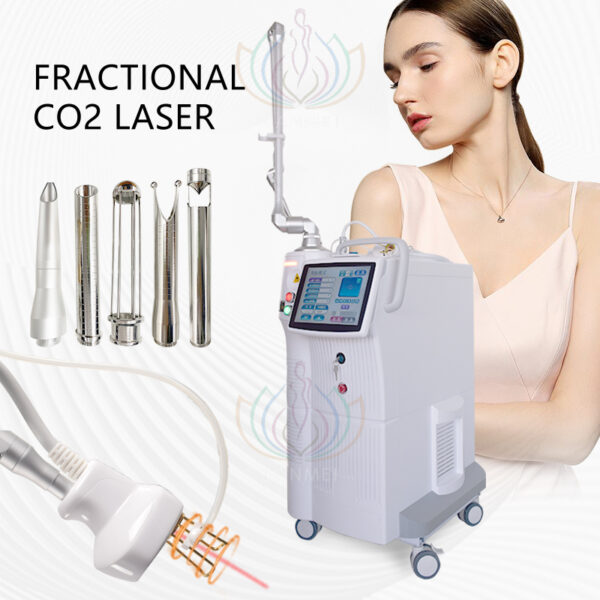
Original price was: $1,950.00.$1,900.00Current price is: $1,900.00.
Model: FL1010
Brand Name:YANMEI
Delivery Method: By Air, By DHL/TNT/FEDEX/UPS Express ,By Sea(Door To Door, Double tax)
OEM/ODM: Support,having been in the industry more than 10 years, all of our product lines can be fully customized to meet your specific needs at competitive prices.
Occasion: Beauty Salon,Hospitals,Clinic,Skin Care Centers,Spa,Home,etc ..
Machine Language: English (Support Customized System Language)
Warranty: lifelong after-sales service
Product Training: Get free one-on-one clinical operating training service.
Ee Certification: All have been approved by international certifications.
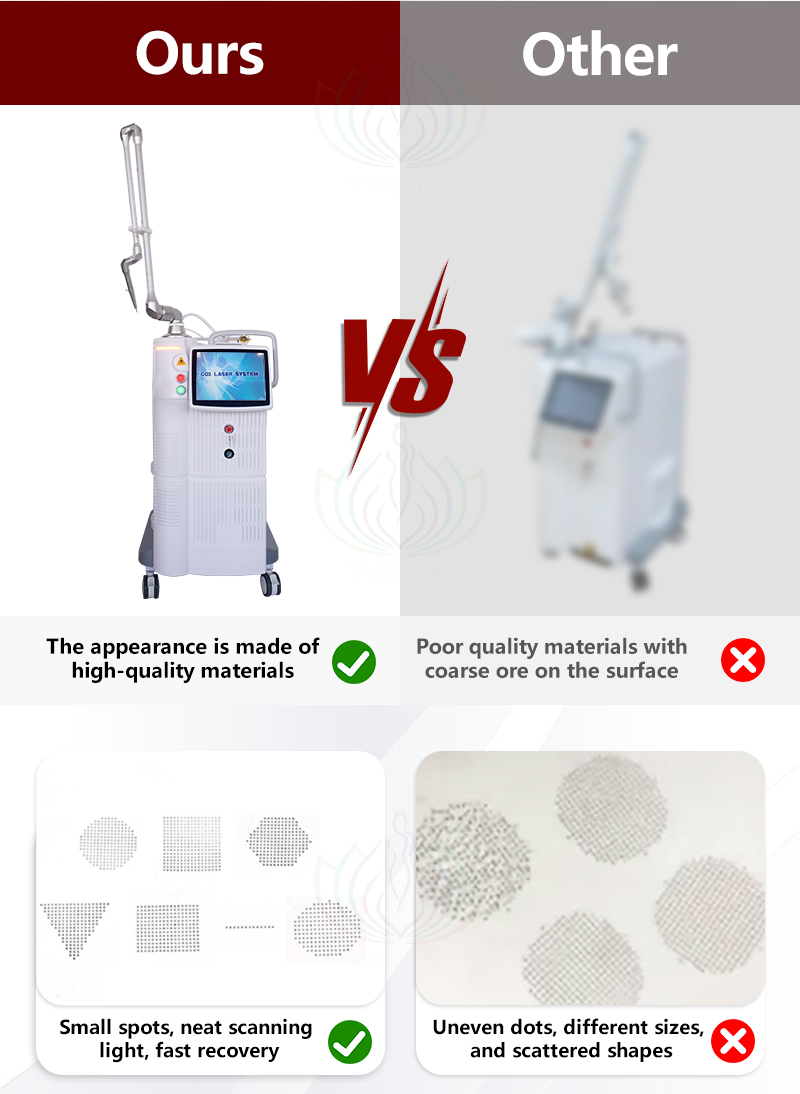
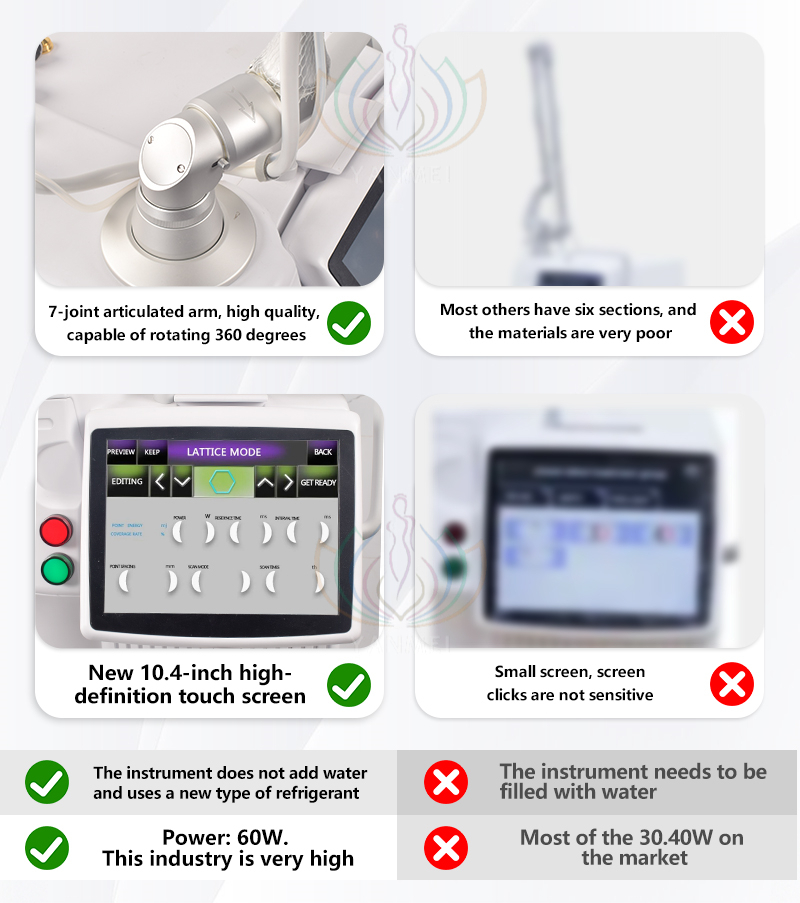

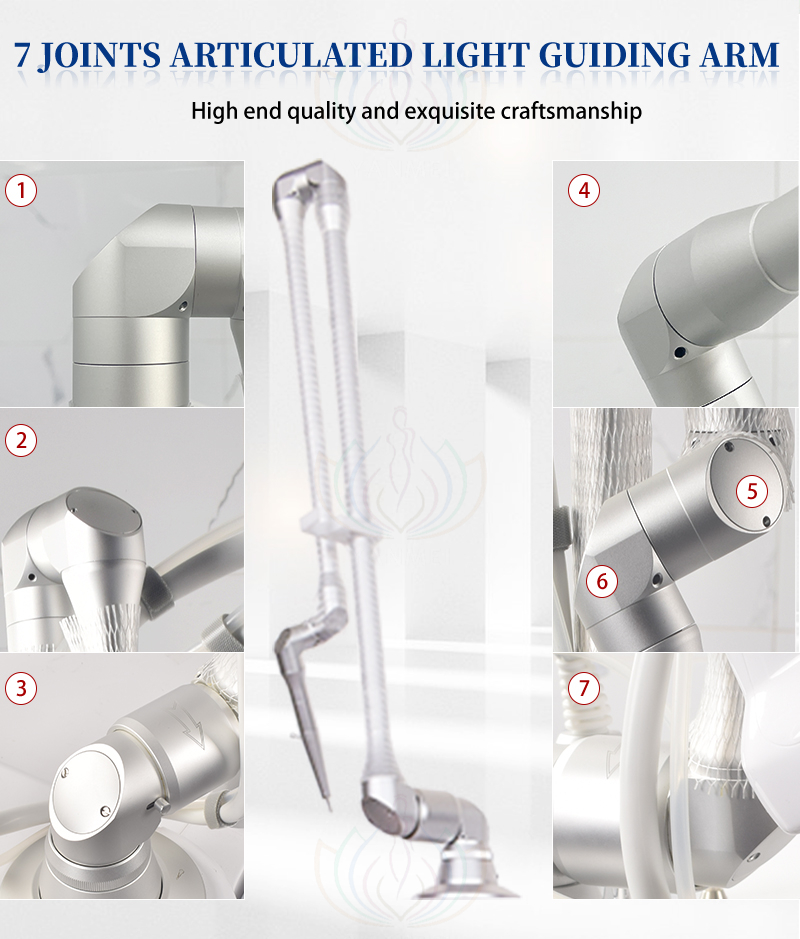
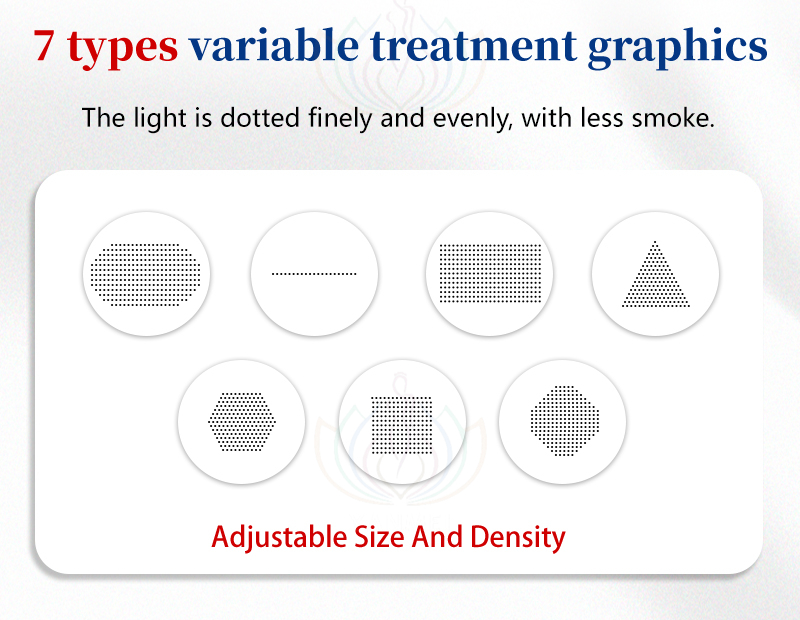
CO2 fractional laser technology represents a significant advancement in dermatological and gynecological treatments. This technology operates by utilizing carbon dioxide lasers, which create precise, tiny columns of thermal damage within the skin. These micro-injuries initiate a natural healing response, promoting the regeneration of collagen and elastin. This process occurs at a cellular level, profoundly affecting the skin’s texture, tone, and overall health.
The mechanics of fractional laser treatment involve a distinct ability to target and treat specific layers of the skin without damaging the surrounding tissues. Unlike traditional laser systems that treat the entire surface area uniformly, fractional lasers deliver energy in a pixelated fashion. This pattern allows for healthy skin to remain intact between treated areas, facilitating quicker healing and reducing downtime for patients. As a result, individuals can achieve significant improvements in their skin condition while experiencing minimal side effects.
One of the principal advantages of CO2 fractional laser technology over traditional laser methods is its versatility. It can treat various skin conditions, including wrinkles, scars, and discoloration, while also being adapted for vaginal therapies, addressing concerns such as vaginal rejuvenation and urinary incontinence. The precision of this technology allows for tailored treatments that can accommodate individual patient needs, making it an effective solution for a variety of concerns.
Moreover, the depth of penetration and the degree of skin resurfacing can be adjusted according to the treatment goals, enabling practitioners to achieve optimal results with minimal discomfort. Therefore, CO2 fractional laser therapy is gradually establishing itself as a cornerstone in modern therapeutic approaches, combining efficacy and safety in an innovative manner.
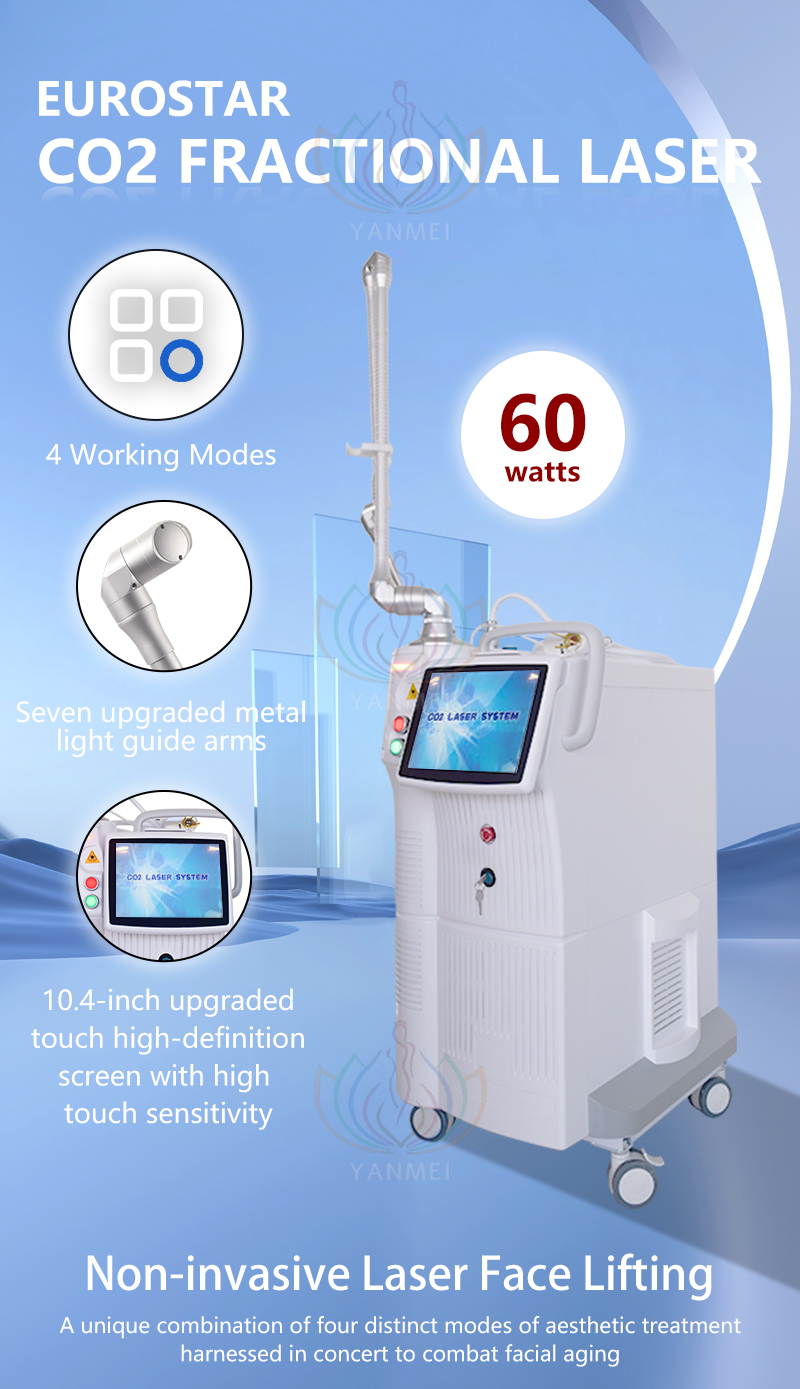
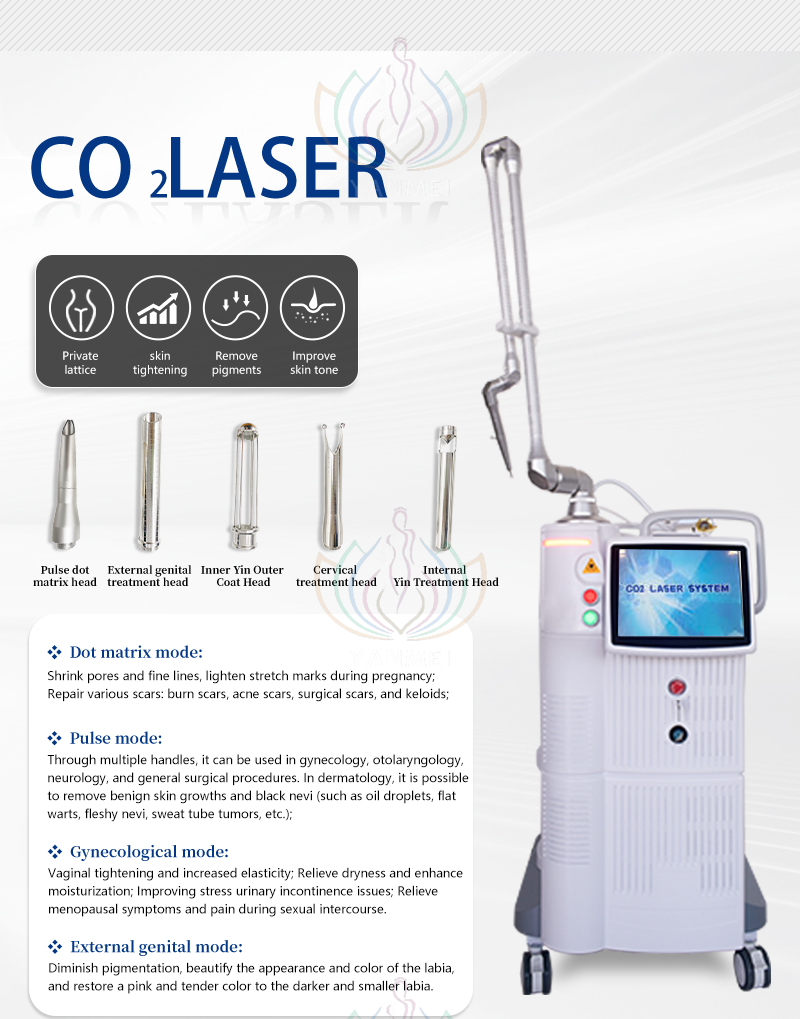
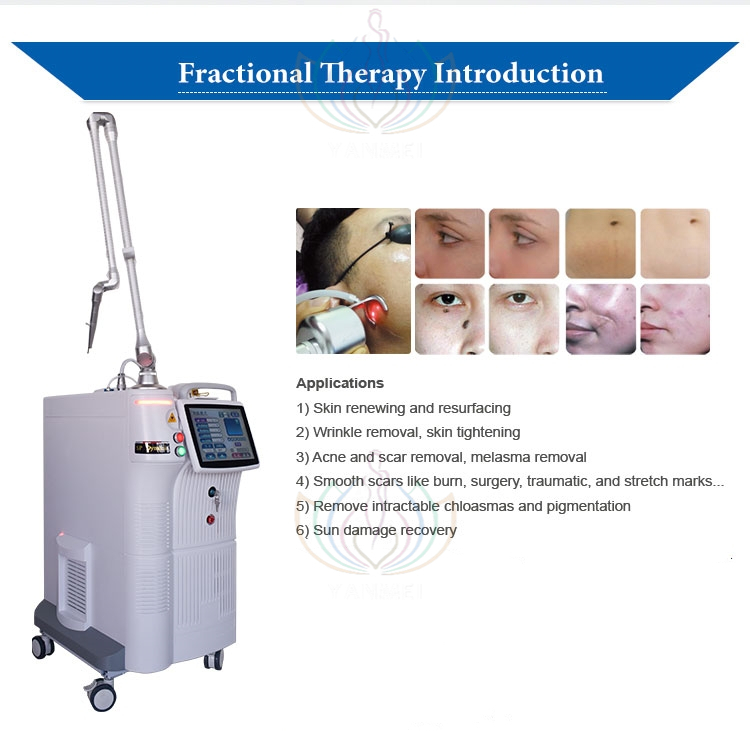
CO2 fractional laser therapy has emerged as a significant advancement in vaginal health care, providing innovative solutions for various conditions affecting women. One notable application is the treatment of vaginal atrophy, a condition characterized by thinning and drying of the vaginal walls that commonly occurs post-menopause. This therapy significantly enhances lubrication and alleviates discomfort associated with atrophy, thereby improving the quality of life for many women.
Vaginal dryness, often experienced during menopause or as a side effect of certain medications, can lead to painful intercourse and other health-related issues. By utilizing CO2 fractional lasers, practitioners stimulate collagen production in the vaginal tissues. This biological process not only restores moisture but also promotes increased elasticity, leading to a more comfortable and enjoyable sexual experience.
Moreover, urinary incontinence, a prevalent issue among women of varying ages, can also benefit from CO2 fractional laser therapy. The technology targets pelvic floor tissues, promoting tightening and strengthening of the surrounding structures. As a result, patients may experience reduced involuntary leakage during activities such as exercise or laughter, thereby enhancing their confidence and overall well-being.
The versatility of CO2 fractional lasers extends to a range of other vaginal conditions, including laxity and stress urinary incontinence. Furthermore, this non-invasive procedure typically involves minimal downtime, allowing women to resume their normal activities shortly after treatment. Importantly, the benefits of CO2 fractional laser technology encompass not only physical enhancements but also improvements in emotional and sexual health. Women’s empowerment through such advancements in medical technology is pivotal for fostering open conversations about often stigmatized issues related to vaginal health.

CO2 fractional laser therapy has gained prominence for its potential to transform vaginal health through non-invasive treatment options. One of the primary benefits of this therapy is its ability to stimulate collagen production, which can enhance tissue elasticity and improve overall vaginal health. This procedure can effectively address various conditions such as vaginal dryness, laxity, and even urinary incontinence. As a non-invasive solution, it avoids the longer recovery periods commonly associated with surgical interventions, making it an appealing choice for women seeking rejuvenation without extensive downtime.
Moreover, CO2 fractional laser treatment offers minimal recovery time. Patients often resume their daily activities shortly after the procedure, which is a significant advantage for those with busy lifestyles. While some initial discomfort may be experienced, many report that the recovery process is relatively quick, characterized by only minor swelling or bruising. The results of CO2 fractional laser therapy tend to be long-lasting, with many individuals enjoying the benefits for several months or even years post-treatment, depending on individual circumstances.
However, it is crucial to consider the potential risks and side effects associated with this treatment. As with any medical procedure, patients might experience temporary bruising, swelling, or discomfort in the treated area, which usually subsides within a few days. Some individuals may also be at risk for more serious complications, such as infection or scarring, although these occurrences are relatively rare when the procedure is performed properly.
Selecting a qualified provider is paramount to minimizing these risks. An experienced practitioner can ensure that the treatment is tailored to the individual’s needs and health considerations, leading to a safer and more effective experience. Consequently, thorough research and consultation are recommended for anyone considering CO2 fractional laser therapy as a viable option for enhancing their vaginal health.
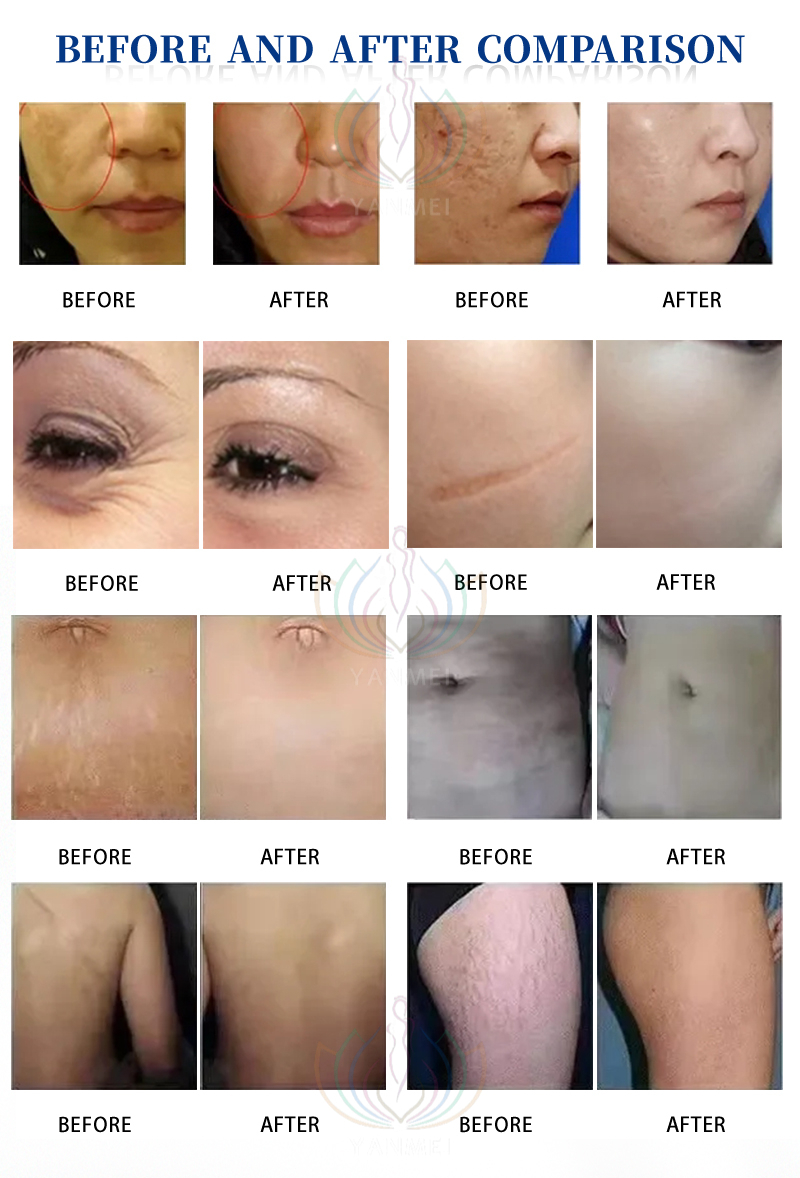
When considering CO2 fractional laser therapy, understanding what to expect during the treatment process is essential for effective preparation. The journey typically begins with a thorough pre-treatment consultation. During this initial visit, the practitioner will assess the patient’s specific concerns, medical history, and suitability for the procedure. This consultation is an opportune moment for patients to ask questions, clarify any doubts, and discuss realistic goals regarding their vaginal health.
Once the consultation is completed, the procedure itself is relatively straightforward. A typical session can last anywhere from 30 to 60 minutes, depending on the size of the treatment area and the individual’s needs. Patients are generally advised to arrive at the clinic and prepare for the session by avoiding certain medications or topical products that could interfere with the effectiveness of the treatment.
During the session, a specialized CO2 fractional laser device will be used to deliver precisely controlled energy to the vaginal tissue. This stimulates collagen production, enhancing superficial skin layers and improving overall health and function. While some discomfort may occur, many practitioners employ numbing creams or local anesthesia to ensure patient comfort. This proactive approach to pain management helps minimize any potential distress during the procedure.
Post-procedure care is also vital for optimal results. Patients are generally provided with specific aftercare instructions, which may include avoiding sexual intercourse for a particular duration and following a gentle skincare regimen. It is crucial to adhere to these guidelines to promote healing and achieve desired outcomes. Individuals can expect to see initial improvements within a few weeks, although optimal results may develop over several months as collagen continues to regenerate. With proper preparation and care, CO2 fractional laser therapy may significantly enhance one’s vaginal health and overall well-being.
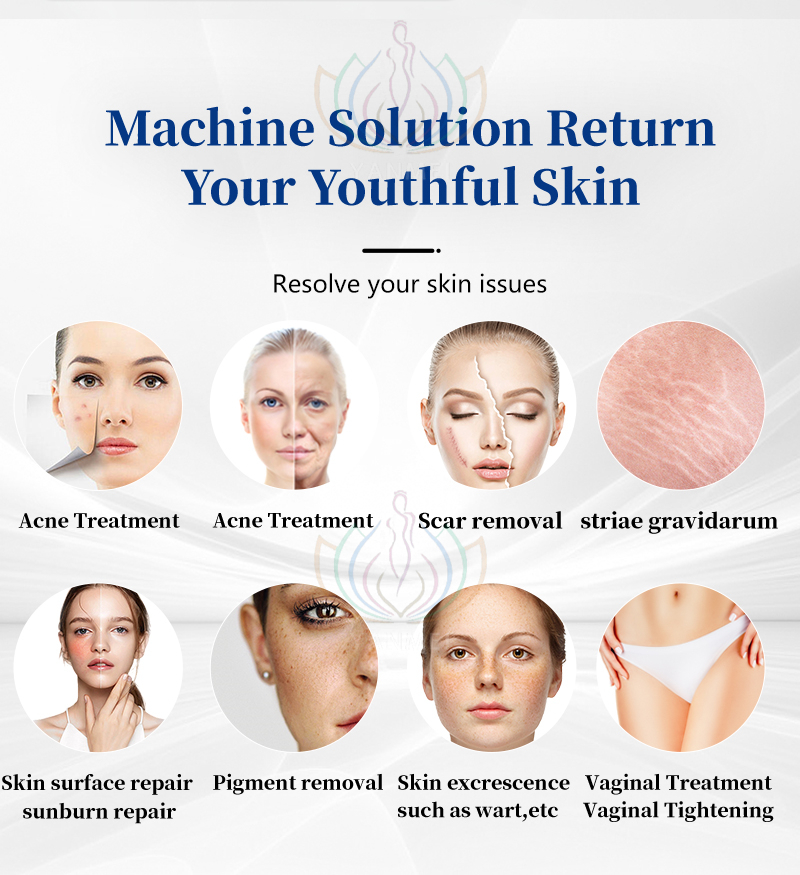
The growing interest in CO2 fractional laser therapy for vaginal health has led to numerous personal accounts highlighting its transformative effects. Many patients navigating issues such as vaginal atrophy, dryness, or incontinence have reported significant improvements following their treatments. One patient, Sarah, recalls the emotional weight she carried due to discomfort during intimacy, which strained her relationships. After a series of laser treatments, she experienced not only physical relief but also a newfound confidence, revitalizing her intimate life and personal self-esteem.
Another individual, Caroline, shared her experience post-menopause, when she faced challenges that made everyday activities uncomfortable. The treatment alleviated her symptoms, leading to increased comfort in daily routines and even a return to recreational activities she had previously avoided. Caroline emphasized that the treatment was not just about physical changes; it also fostered a positive mindset that diminished her initial reservations about addressing her vaginal health issues.
Additionally, individuals have noted the supportive environment surrounding CO2 fractional laser therapy, as many clinics offer forums and community meetings for patients. These gatherings provide a safe space for patients to exchange stories, enhancing the feeling of community among those facing similar challenges. For Lisa, participating in such a forum helped her realize she was not alone in her struggles, encouraging her to pursue treatment she had once feared.
Overall, these testimonials illustrate the profound impact CO2 fractional laser therapy can have on vaginal health, both physically and emotionally. By transforming their experiences, patients are paving the way for others to consider how the therapy might alleviate their concerns and improve their quality of life. Through shared stories, potential patients may find the encouragement and information necessary to take the next steps toward healing and rejuvenation.
